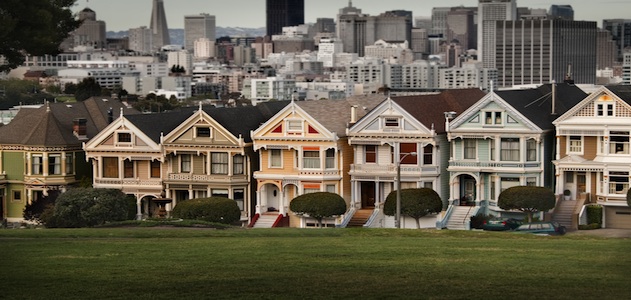Several cities in The Golden State are returning to pre-recession peaks as home prices continue to increase nationally. The change is more acute in California, however, and experts are calling some of the markets overheated.
Broadly speaking, home price growth is pushing through despite environment headwinds such as rising interest rates, which is starting to impact the affordability of new mortgages, according to Fitch Ratings.
Since May, rates have risen to 4.3%, though the effects of this increase, which have no yet manifested in the latest available home price data.
“Fitch expects interest rates to continue rising through next year, which will strain affordability if home prices remain elevated and are still growing,” explained Fitch Ratings director Stefan Hilts and senior director Suzanne Mistretta.
Although home prices have risen 13%, the increase is unsustainable, Fitch argued.
National home prices are approximately 17% overhauled because many of those cities — not surprisingly — are in California.
For instance, home prices in San Francisco are up more than 20% year-over-year, the highest rate of increase than at any point in the last 10 years.
“In fact, San Francisco and San Jose will set new home price records in the next six months,” Hilts said.
He added, “Fitch’s SHP model currently identifies much of coastal California to be more than 20% overvalued. Other California cities nearing bubble-year peaks include Oakland, San Diego and Los Angeles.”
Recent home price gains appear to be the product of rising investment sales and practices such as flipping properties — perhaps one of the biggest market-trend concerns. The indication is that buyer activity rests in the arms of investors who may be likely to rent the property for the short-to-medium term.
When home prices clearly bottomed out and begun to rise, institutional investor activity — investors purchasing 10 or more properites in a calendar year — acclerated and exceeded 20% of all sales, stated RealtyTrac vice president Daren Blomquist.
Consequently, all-cash sales rose dramatically since last year and are now at nearly 50%.
“Cash sales are often indicative of investor behavior so the concern is that home price increases are being driven more through speculative buying than from increasing demand,” Hilts stated.
Going forward, interest rates are expected to continue to rise through next year, which will strain affordability if home prices remain elevated and are still growing.
On a similar note, the national vacancy rate is still above pre-bubble levels, up 10.2%, which is close to its peak during the recession of 11%, compared to pre-bubble levels of 8.8%.
As a result, the share of vacant homes home held off market are at its highest level since before the bubble, explained Trulia (TRLA) chief economist Jed Kolko.
“One reason that vacancies matter is they discourage construction activity,” Kolko said. “Construction activity is far below recent historical norms in high-vacancy metros, but back to historical norms in low-vacancy metros.”
In 86 of the 100 largest metros, the vacancy rate in October is higher than it was before the bubble in 2000.
The national vacancy rate in the third quarter hit 8.3% for rental housing and 1.9% for homeowner housing, according to the Census Bureau Tuesday.
While the vacancy rate was slightly above last quarter results, but below rates a year earlier, many market participants are keeping a close eye on what this could mean for affordability and home prices.






